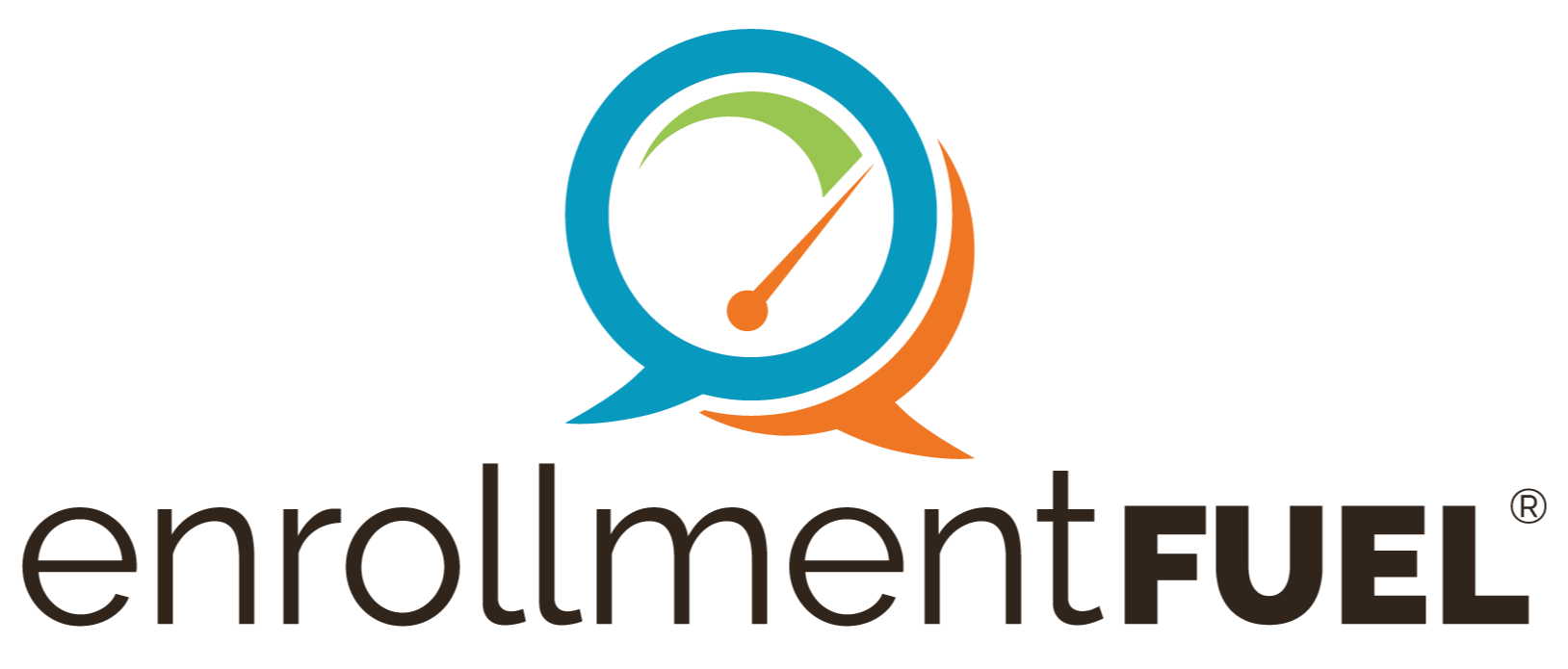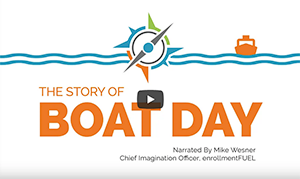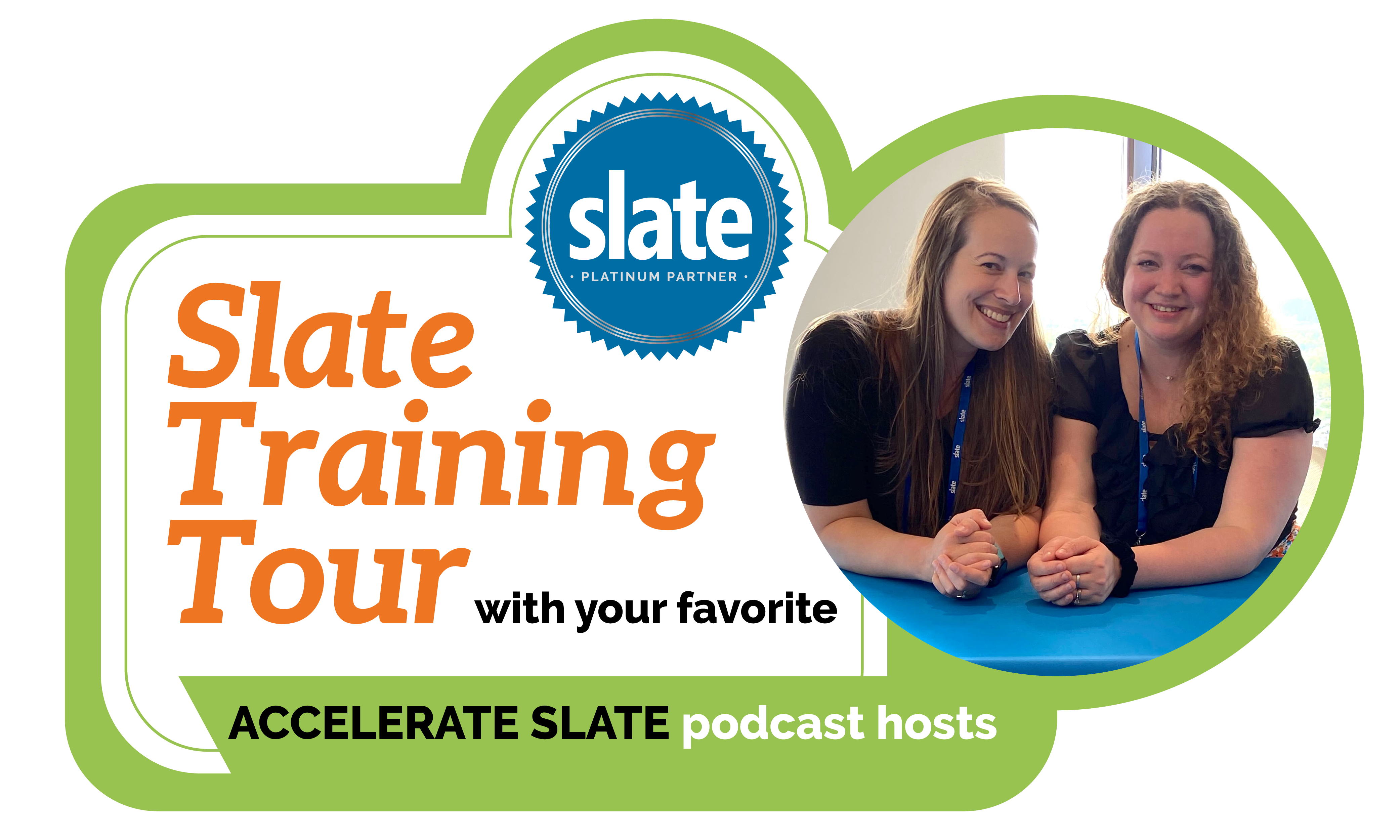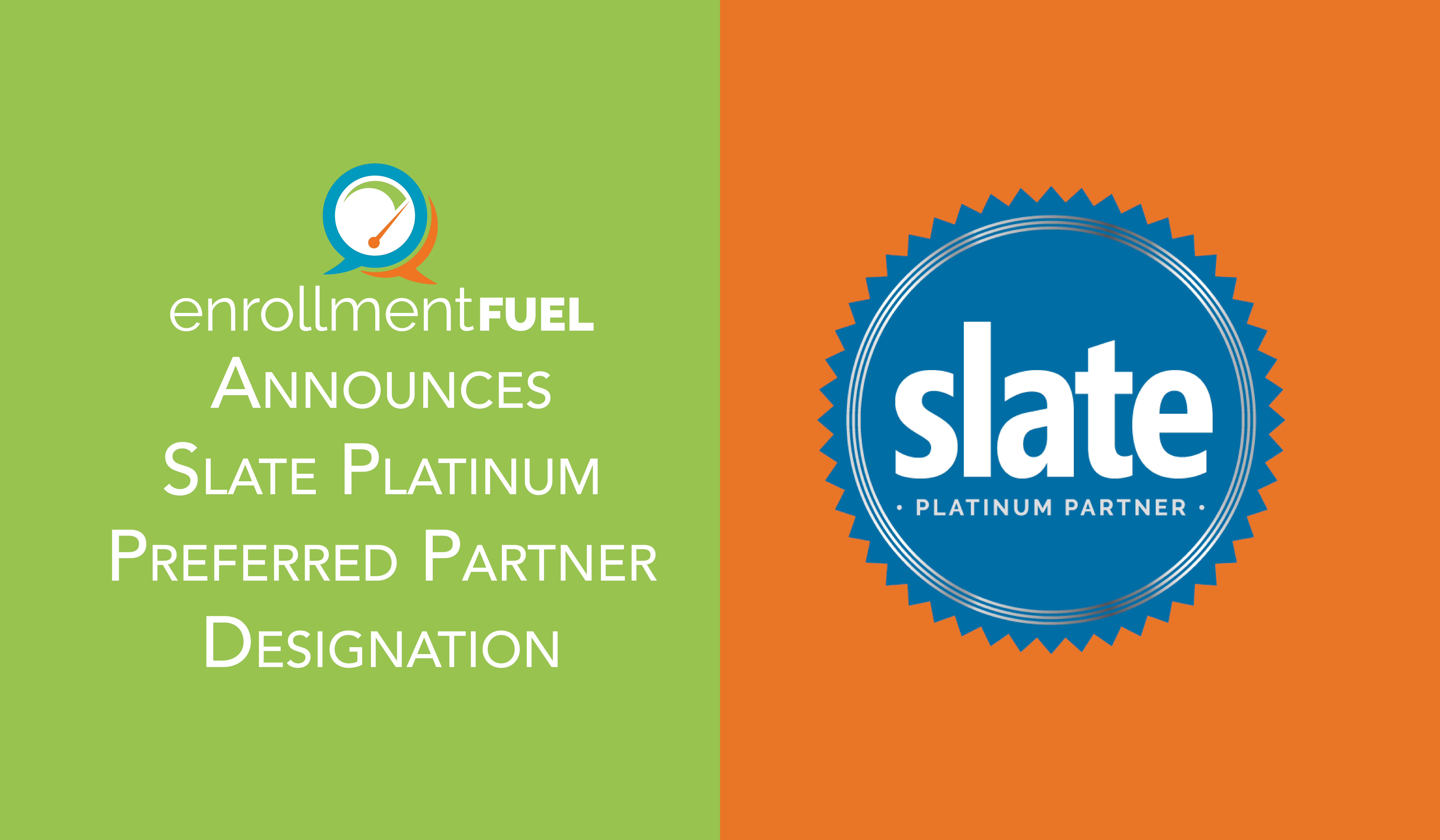5 min read
THE ENROLLMENT MANAGEMENT YEAR IN REVIEW
Well, here we are nearing the end of 2020. I am sure most of us in enrollment management are more than ready to put 2020 in our rearview mirror, but before we do that, I want to pause and examine what came out of 2020. As I look back on my enrollment consulting work this year, I have been able to glean many positives against a backdrop that has been more than challenging. Below are ten areas on which to focus if you are looking for a little boost of positivity in the higher education space.
- More Students Can Visit: While the campus visit may be structured differently, the fact is students who could not travel for campus tours can now be accommodated the same as other students. The addition of virtual visits flattens the curve for students who, financially, may not have been able to visit campus in the past. And, if the student is in a one-on-one visit, they may in fact be able to ask deeper questions without parents around. Lastly, these visits provide an opportunity for the counselor to build a better and stronger relationship than might have occurred in a tour setting.
- Staff Creativity Promoted (and Accepted): When things are status quo, it’s easy to just ride the wave. This stagnates the opportunity for staff to be creative. When there is chaos, it takes a village. This past year provided the perfect opportunity for staff to put forward ideas that may have been overlooked, ignored, or not presented in the past. When budgets are tight and resources are cut, the best ideas emerge and are generally implemented out of necessity. Leaders need input in the face of chaos to make the best decisions.
- Revived Interest in Direct Mail:It’s true. We have seen a significant increase in interaction with direct mail. Families are home and bored. Currently, mailboxes are not filled with marketing messages, so yours will stand out. And, when paired with social media advertising/digital advertising—the impact is WOW! At FUEL, we know when a postcard hits the home during a Student Search campaign because we see the email open rates fluctuate in correlation. With COVID-19 impacting many businesses, it’s important to spend money wisely. Direct mail carries a lot of ROI. When you add direct mail to digital marketing, the average response rate can increase anywhere from 23-46%. And, it generates a 20% higher motivation response because of the physical interaction associated with it.[1] This is a critical part of your enrollment marketing—don’t forgo your print collateral. Use travel budgets to protect this line item.
- Problem Solving Rarely Seen at this Level: Yes, this was a positive amidst all the pain. At the end of the day, when people are faced with realproblems to solve, they sharpen their skills, are more observant, and more innovative in their thinking. Problem-solving generally leads to better overall communication, streamlined processes, stewardly use of budget dollars, and a general overall reexamination of strategic enrollment management processes that may be antiquated or stale.
- Higher Email Open Rates: Students have less distractions. With fewer clubs, sports, and general hanging out with friends, time has become more available. With this new-found free time on their hands, students are looking at emails. From an empirical standpoint, we have seen open rates as high as the mid 50%. And, in general, we have seen an overall increase in open rates to be about 10% across all lead generation campaigns. For the enrollment marketer, this is gold.From an anecdotal standpoint, my 17-year old son is having to check his email a lot more because of the nature of his virtual classroom. He must go to email to function, whereas before, he rarely opened his email when in face-to-face classes. No matter the reason, we are seeing the increase in open rates—it’s real. Let’s celebrate it!
- Reformulation of Delivery Models: Those of us on the front lines don’t even want to think about this indigestion of upsetting the apple cart. But, good things came from this, too. Many schools are now able to deliver classes online when they thought they didn’t have the bandwidth to tackle it—or the budget to do it in the first place. True, some are still fine-tuning to be better, but the move was made. In many instances, this allowed for more choice among students, and for schools that didn’t have any online offerings, opened the door to consider new academic programs, new market exploration geographically, and potentially, new cost models.
- Accelerated Technological Modernization: Looking for a new investment strategy for retirement? Thank Coronavirus for the rise in the global e-learning market. This space is currently worth over $200 billion and is projected to reach $375 billion by 2026.[2] Thinkific, Teachable, LearnWorlds, Podia, Kajabi, Udemy, Coursera—the list goes on and on. Schools have choices ranging in cost, functionality, and platform. While it has been painful, it has also been a positive to modernize our use of technology in higher education.
- Increased Telecounseling Contact Rates: I know, right? I can see you shaking your head saying, “come on Jacqui—who are you kidding?” But, it’s true. Our teleCONNECT™ operation has been seeing great contact rates on our calls. In general, we are hitting anywhere from 32% to 54% of the list being contacted with a result. I don’t mean attempted. I mean contacted. We haven’t seen rates like this since the early 2000s.
- Tuition Resets: Yes, they are happening. Many private colleges were in the midst of tuition resets before the pandemic hit, but they have moved at warp speed compared to the past. And, while not the right solution for every college, for those where it makes sense, plans have been accelerated for implementation.
- The QR Code Reprise: Okay, now I get to be a nerd for just a minute. Are you willing to stick with me and learn some fun trivia? For those of you who know me, you know I love Japan and have traveled there many times. The Quick Response Code (QR code) was originated in Japan in the mid-1990s by the automotive industry. Masahiro Hara is credited with the QR code. The fun thing about this is his idea for the design originated from the goban(The Go Board in English), which is the black and white playing board where go-ishi, (the stones) are placed.FUEL has always been a fan of the QR code because of its simplicity and ease to get information, and especially for application generation. Once phones had the QR code reader built-in, and no longer needed an app, it was even easier to use. The QR code has much more capacity than the traditional UPC bar code because it contains data for a locator, identifier, and tracker points (and another piece of trivia, can even encode in Kanji). Bottom line? With touchless menus during the pandemic, even grandpa and grandma have now learned to use the QR code on their mobile device. Don’t abandon our Japanese friend just yet!
It’s true 2020 has been quite the year for all of us recruiting a new class, focusing on retention, and packaging financial aid. Anti-melt strategies are now a contact sport as we focus on deposits. And, while we have experienced nothing like this ever before, there have been some good things to come from it. As we head into 2021, I feel happier focusing on the positive aspects that have emerged.
[1] United States Postal Service. (2019). Is Direct Mail Advertising Effective? A Research Study. Temple University and the U.S. Postal Service Office of Inspector General explore the power of print vs. digital marketing. Retrieved from https://www.uspsdelivers.com/why-direct-mail-is-more-memorable/
[2] Global Market Insights: Insights to innovation. https://www.gminsights.com/industry-analysis/elearning-market-size
Related Articles
Slate Launchpad – What I Learned My Second Time Around
After nearly 30 years in enrollment management, I’m going to say it: successful recruitment starts...
The Art & Science of Engineering a Great Campus Visit Experience
It’s no secret that campus visits are a prime opportunity for you to make a lasting impression. But...
How to Connect with Students in the New Age of Virtual Communication
Author Jeannette Walls wrote: “Sometimes you need a little crisis to get your adrenaline flowing...




